The Best Type of Roofing Structure for Your Extension Project
Do you adore your house? Can you truly call it your dream house? If not yet, then extensions are a valuable addition to increasing the usable space while at the same time adding aesthetic value to your home. To get the desired space and for a greater return on investment, extensions are a viable option. The difficult and tough choice is, determining the ideal roof type for your structure. If you select a suitable roofing structure, it will entirely transform the look of the overall house. There are a plethora of options available for you to select the suitable one. In this blog, we will guide you about the pros and cons of different roofing structures along with other major details. You can follow our detailed guidelines to select the popular extension roof designs.
Flat Roof Extensions
Flat roofs are popular in single-storey extensions and are considered the most straightforward roof option. It is always difficult to determine the superiority of a flat roof over a pitched roof because it entirely depends upon the desired look and the budget you have allocated to the extension project. They are the most cost-effective option for your extension, which is a great way to save money while also increasing the practicality of your space. Here are some benefits and drawbacks of constructing a flat roof
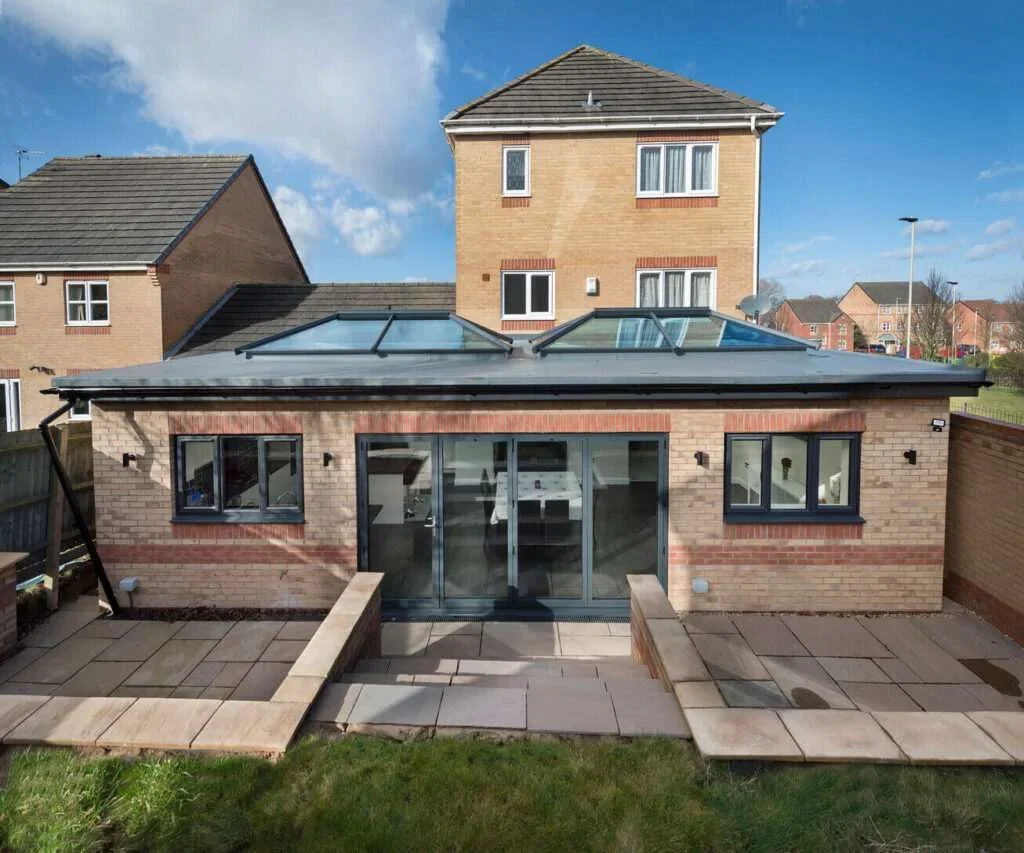
Call Us To Get a Quick
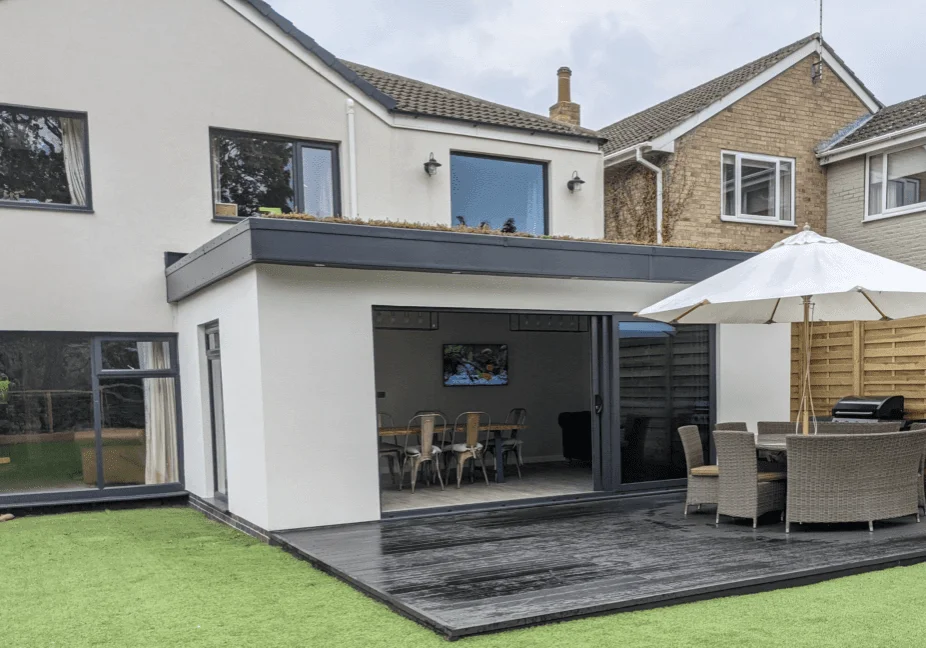
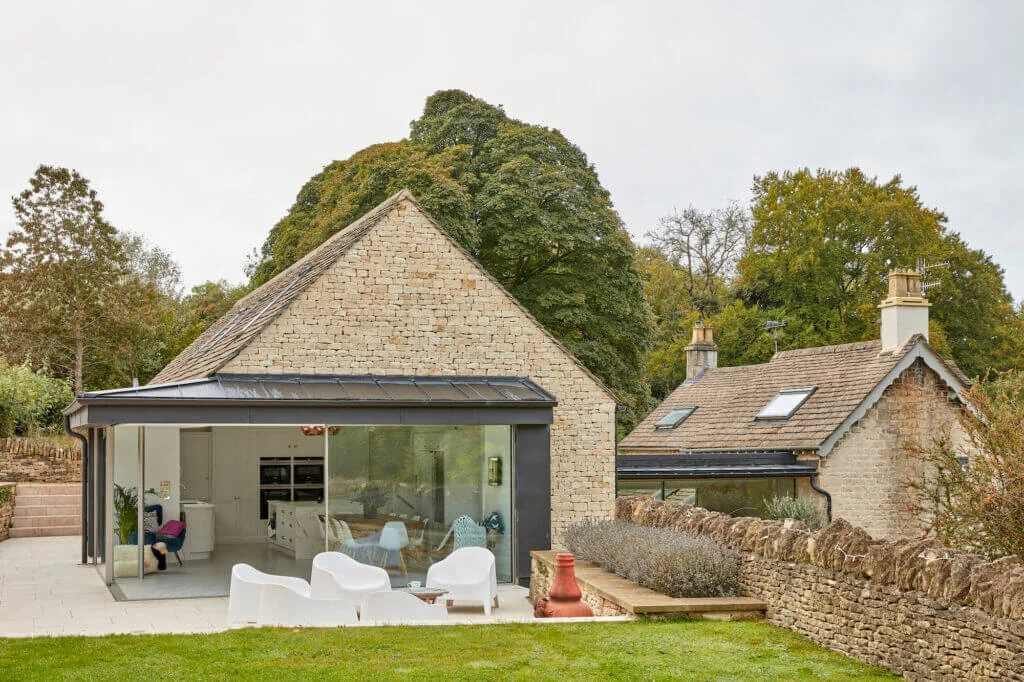
Pros
Traditional in Appearance
Pitched roofing has a long history of use and has a strong reputation as a particularly traditional-looking roofing type. The distinctive and unique shape of the pitched roof aids better in water drainage. The aesthetic design is practical enough to be used as a roofing structure.
Greater Thermal Efficiency
Pitched roofs have natural ventilation under the top roof layer that enhances the thermal efficiency making it ideal for controlling the temperature in both winter and summer. The maintenance of optimum temperature makes pitched roofs 10-15% more compact than flat roofs.
Protection From Environmental Risks
Pitched roofs are more stable when dealing with extreme weather conditions, such as heavy snowfall and rainfall. The aesthetic roof design helps to shed water away from the house and reduces the possibility of waterlogging.
Sustainability
Modern roof-pitched tiles have an advanced system to install solar panels, which helps to reduce electricity costs. Roofing tiles with sustainable credentials help you in the longer run.
·Relatively Easy to Maintain
A pitched roof sloped structure cannot be cleaned and inspected properly when compared with a flat roof. But despite this, flat roofs require more maintenance in the long run due to water drainage issues. An efficient water drainage system in pitched roofs may sustain damage and leaks if the waterproof seal is not regularly maintained.
Cons
Drainage Issues
Water puddles on flat roofs are prone to major and minor drainage problems for homeowners. In contrast to pitched roofs, which have shingles to drain water, flat roofs are checked thoroughly for standing water, debris, dirt and bunged drainage.
Increased Likelihood of Early Replacement
The lifespan of a flat roof is comparatively less than those of pitched roofs. Most sloped roofs last for more than 20 years, but a flat roof’s lifespan is up to 10 years.
Pitched Roof Extension
Have you ever wondered why pitched roofs are made up of overlapping sections? This is because the roof is essentially designed to resemble fish scales and is useful in shedding water. Pitched roofs are ideally used for small structures as they are expensive. The following advantages and disadvantages shed some light on the usage of pitched roofs.
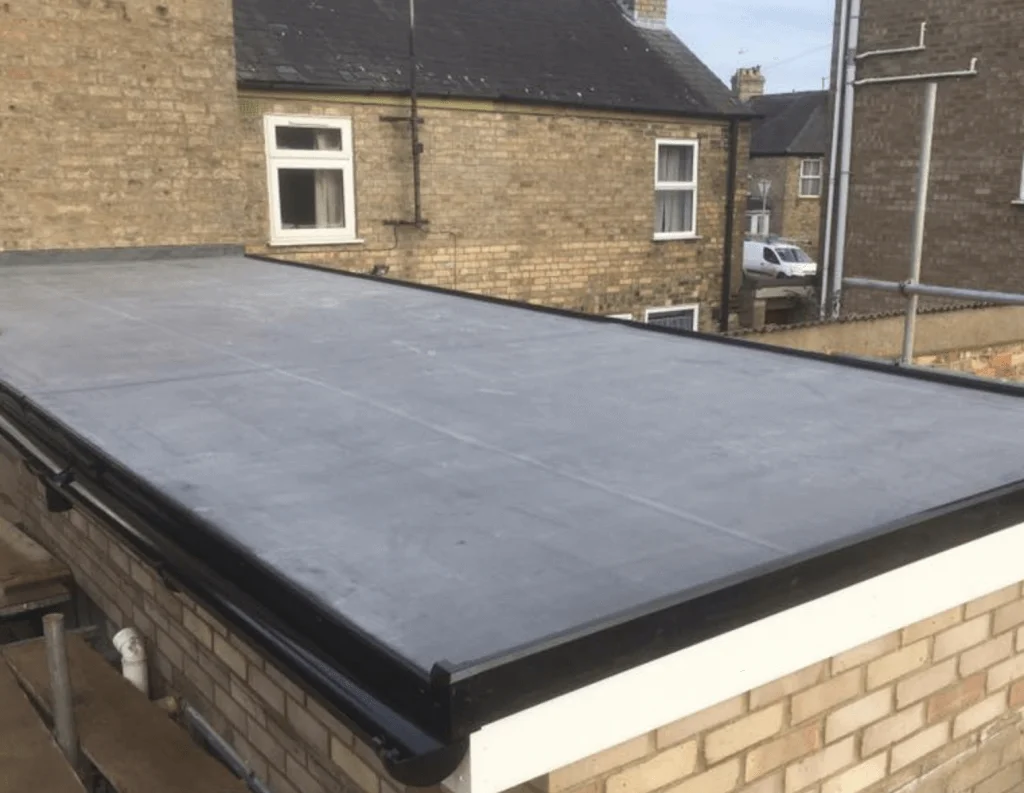
Pros
Traditional in Appearance
Pitched roofing has a long history of use and has a strong reputation as a particularly traditional-looking roofing type. The distinctive and unique shape of the pitched roof aids better in water drainage. The aesthetic design is practical enough to be used as a roofing structure.
Greater Thermal Efficiency
Pitched roofs have natural ventilation under the top roof layer that enhances the thermal efficiency making it ideal for controlling the temperature in both winter and summer. The maintenance of optimum temperature makes pitched roofs 10-15% more compact than flat roofs.
Protection From Environmental Risks
Pitched roofs are more stable when dealing with extreme weather conditions, such as heavy snowfall and rainfall. The aesthetic roof design helps to shed water away from the house and reduces the possibility of waterlogging.
Sustainability
Modern roof-pitched tiles have an advanced system to install solar panels, which helps to reduce electricity costs. Roofing tiles with sustainable credentials help you in the longer run.
Relatively Easy to Maintain
A pitched roof sloped structure cannot be cleaned and inspected properly when compared with a flat roof. But despite this, flat roofs require more maintenance in the long run due to water drainage issues. An efficient water drainage system in pitched roofs may sustain damage and leaks if the waterproof seal is not regularly maintained.
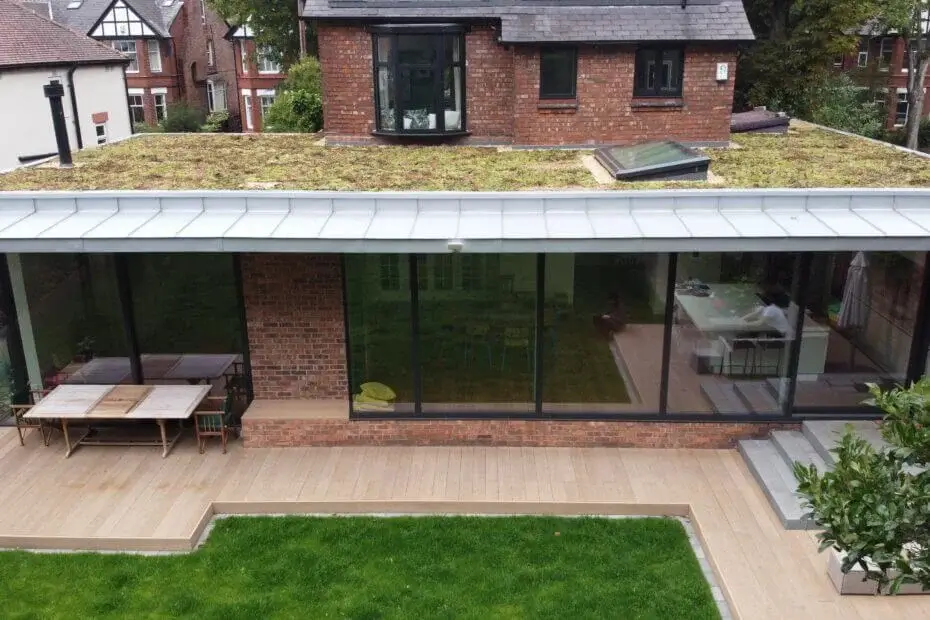
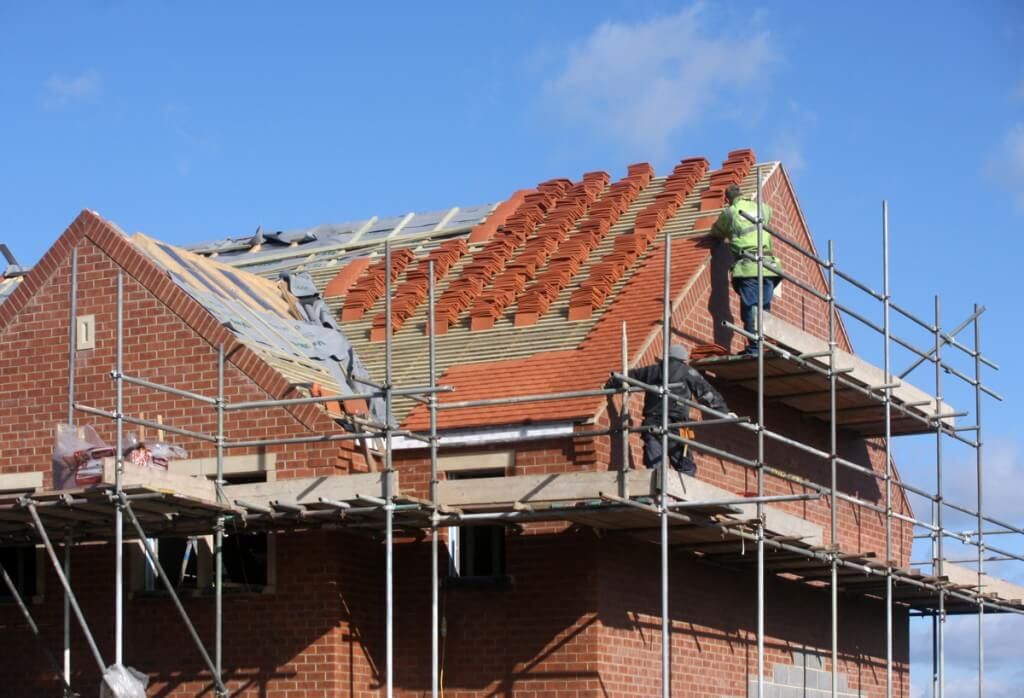
Cons
Greater Burden on Foundations of the Building
Pitched roofs place a great burden and strain on the deeper foundation footing. It is not always possible to replace a flat roof with a pitched roof on the existing building structure due to weaker foundations.
Much More Costly than Flat Roofs
If your area experiences a lot of rainfall during the monsoon season and high snowfall in the winter season, pitched roofs are the perfect option. Although the cost of pitched roofs is far higher than flat roofs, they save the additional cost of drainage problems. A flat roof is unsurprisingly more susceptible to moisture damage than a pitched roof.
Problematic for Complex Building Structures
A flat roof is better suited for your complex building structure. This is because a pitched roof necessitates a complicated rafter system. If your current structure has large spans, they are not supported by rafters and are much more complex, expensive and impractical.
The Choice is Yours
Every homeowner has the vision to build their dream house. To bring this vision to reality, the best option is to determine your budget and preference for a home extension. If you want a large extension with a stylish ceiling and airy rooms, a pitched roof works best for you. A flat roof, on the other hand, is usually for people on a low budget who simply want to extend their property.
